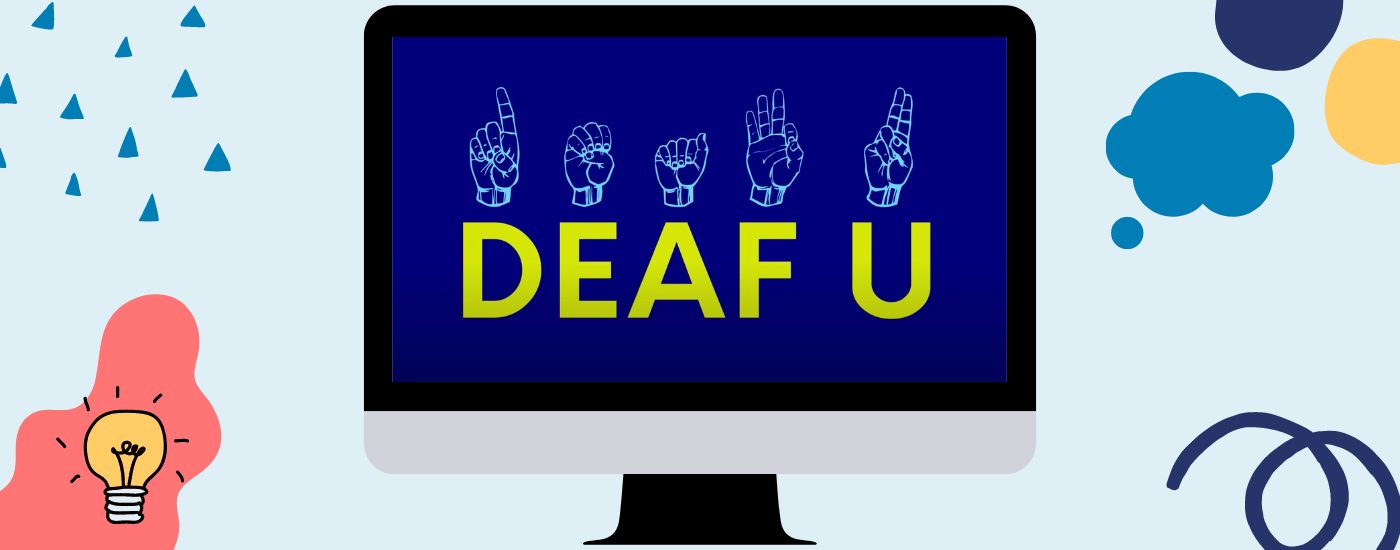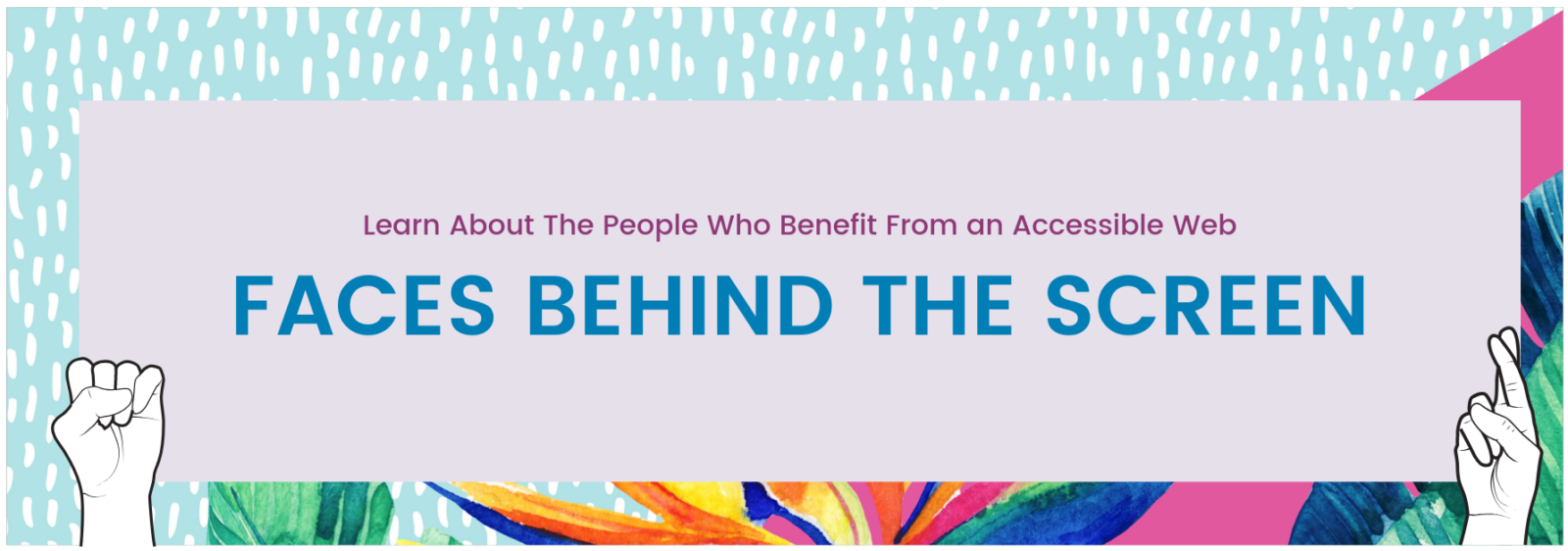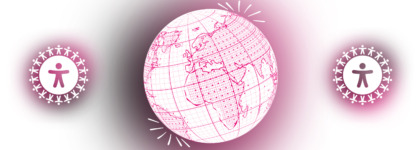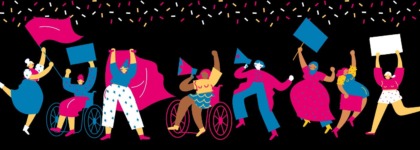5 Key Themes From Watching Netflix’s Deaf U
If you scroll through Hulu, Netflix, Apple TV, or any other streaming service you won’t find many titles featuring individuals with disabilities. That’s why when a title like Deaf U comes along, many people will watch it and will do so with quite a discerning eye.
At 3Play Media, our team has made it our mission to keep accessibility at our very core. In doing so, we strive to gain an understanding of individuals who are deaf and hard of hearing, as well as of Deaf culture.
Many of us at 3Play were thrilled to watch Deaf U premiere on Netflix and found the series to provide some new insight into the community we work to benefit every day. Our takeaways on the series, however, were admittedly from our hearing perspective.
In order to broaden our viewpoint and get a more authentic review of the series, we reached out to several Gallaudet alumni to learn how they felt Deaf U captured their experience. We are grateful for the perspectives of Aarron Loggins and Jimmy Linares (Deafies in Drag).
We have identified 5 key themes from Deaf U, which are outlined below.
Key Themes from Deaf U
1. Deaf Representation

Having Deaf U on Netflix is a great start for gaining more representation of the Deaf community and those with hearing loss.
Read our FBTS Interview with Aarron Loggins: ➡️
Read our FBTS Interview with Deafies in Drag: ➡️
We certainly hope that this is just the start of more representation of the Deaf community in mainstream media and that more content like Deaf U follows.
2. There is No One or Right Way to Be Deaf
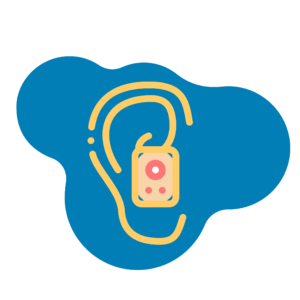
We were glad that Deaf U addressed the varying degrees and types of hearing loss as well as some of these challenging decisions deaf individuals – and their families – struggle to make.
The different perspectives from the “elite” students versus those who were first-generation deaf were particularly eye-opening. This dynamic is something that a lot of people may not know exists, and it appears to be very complex. While the series perhaps did not show every element of this conflict, it was certainly an important topic to touch on and share with those in the hearing world.
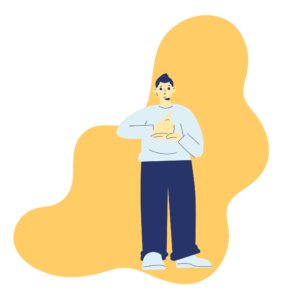
When asked if they experienced this type of division at Gallaudet, Deafies in Drag shared: “Absolutely. We’ve noticed there was a division there and people can find themselves feeling ignored or rejected for not being ‘deaf’ enough as they say.”
There is no one way to be deaf, and there is no right or wrong way to be deaf.
3. Prioritizing Deaf Production Staff and Crew
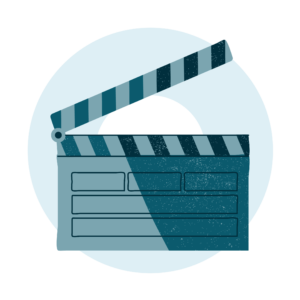
In an interview with NPR’s All Things Considered, Producer, Nyle DiMarco shared:
We’re working so later we have a little Hollywood empire, where we’re able to develop our own TV shows and our movies and our content that really reflects deaf culture and an authentic experience. This, essentially, was the start.”Nyle DiMarco, Executive Producer, Deaf U We saw a significant amount of diversity in terms of hearing loss and the preferred method of communication among the characters. Deaf U shed important light on the fact that being deaf doesn’t necessarily mean you have no hearing at all. It could mean you have hearing loss in one ear, or only hear with hearing aids, or so on. It also doesn’t mean that you only use American Sign Language (ASL). Maybe you speak and use ASL, or read lips. However, the Deaf community and the Gallaudet community are two very diverse communities and this wasn’t portrayed to the fullest extent. For example, there were no wheelchair-users or individuals with other disabilities. Aarron Loggins also pointed out that he experienced much more cultural diversity at Gallaudet than was portrayed in the show. He mentions that there were many Black and Latina deaf women on campus and that he saw many different diverse couples on campus, more so than what was shown in Deaf U. In our opinion, this is just another reason why we hope to see more representation of this community in the future! Overall Deaf U offered a lot to both hearing and deaf individuals. For those who don’t know ASL, watching Deaf U provided a unique experience where one had to rely heavily on the captions and subtitles. Several of our team members noted that it was the first time in a long time they put down their other devices and paid full attention to a show. They had to do this in order to keep up with what was happening and read the captions. 4. Diversity
5. Deaf U Was a Reality Show

A Lot to Learn
Aarron also hopes that the show offered an opportunity for hearing and deaf individuals to learn some ASL – and for hearing individuals, in particular, to learn about the lifestyle of the deaf world.
Deafies in Drag hopes that hearing viewers “might be fascinated and learn a lot of what we already know as to how we sign, that some deaf can talk or hear, and just the way we live.”
All in all, Deaf U can really start conversations and dialogue and teach everyone who watches it something new.
—
Learn more about individuals who are deaf and hard of hearing through our Faces Behind the Screen interviews!


